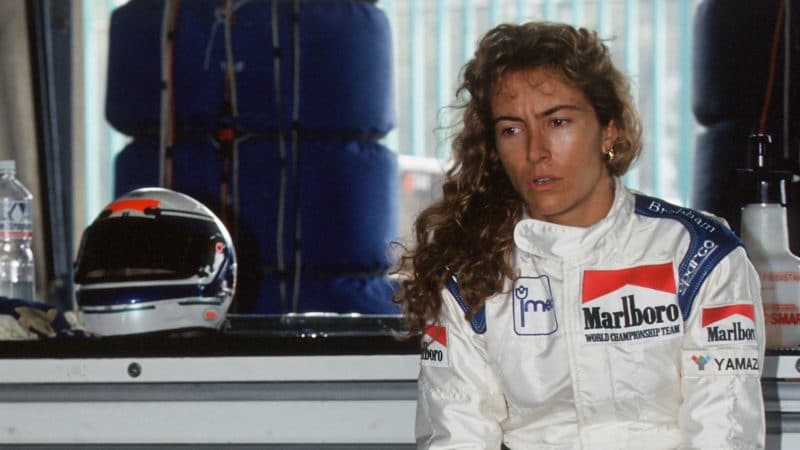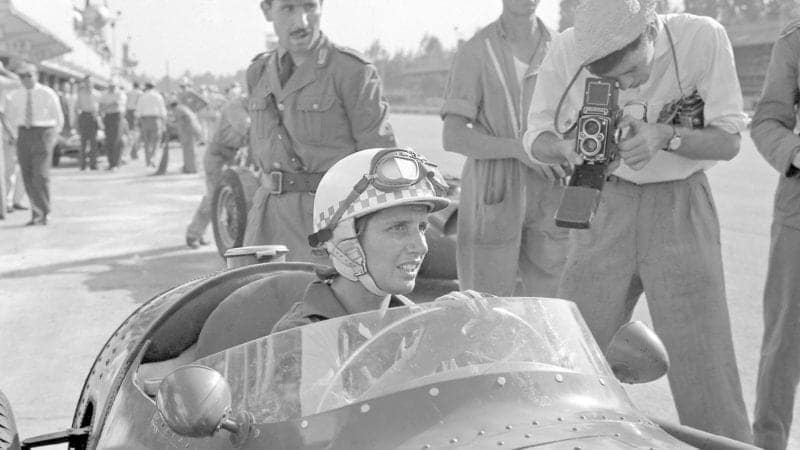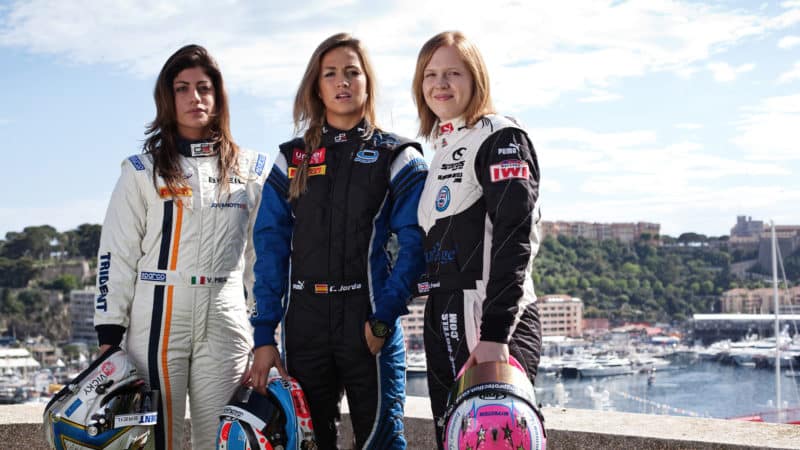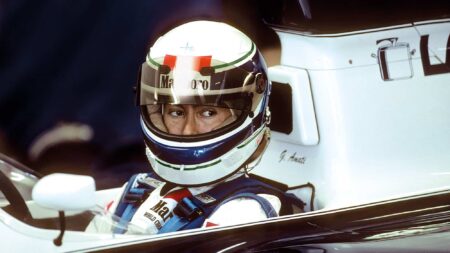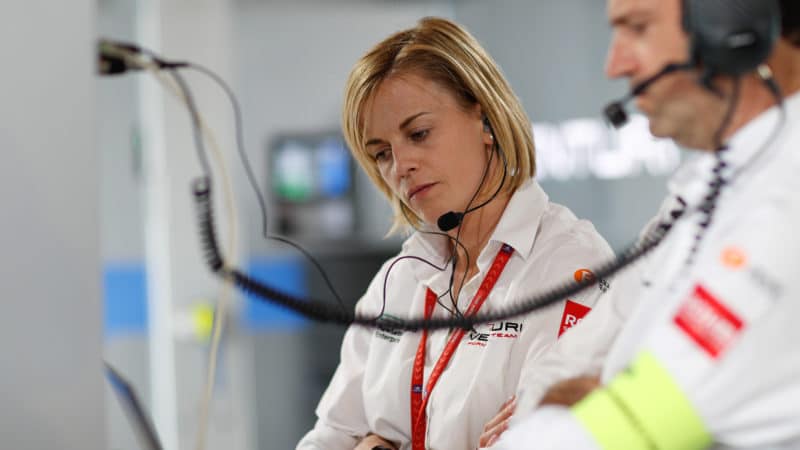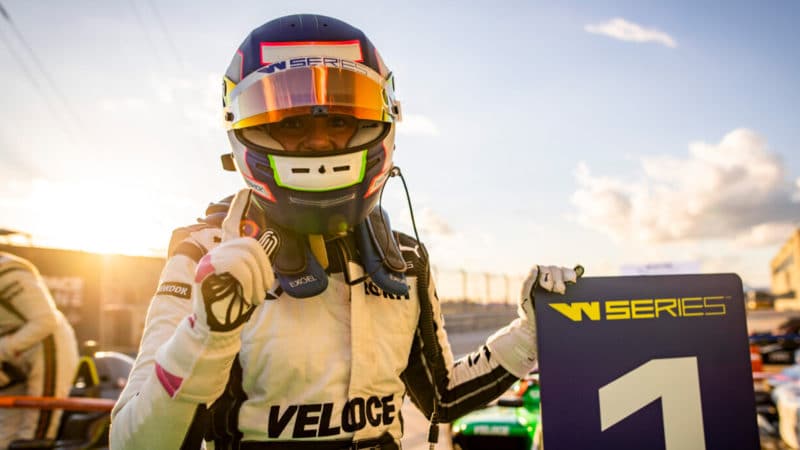It’s a self-fulfilling prophecy: if, even of the handful of female drivers who attempt it, none are backed to get to F1 then obviously there won’t be any women in the series. Getting to a professional level in motor sport is incredibly difficult for any driver and there are plenty of other demographic factors – race, sexuality, the country you come from – that are barriers to drivers progressing, of which sex is just one but the truth is that most female drivers don’t progress because they’re female.
A lot of the time, people insist that if a woman was ‘good enough’ she would progress. Aside from the fact that discounts the many women and girls who didn’t run out of talent anything like as fast as they did opportunities, the concept of ‘good enough’ is pretty laughable in a sport where plenty of mediocre or even awful men have had their chances. Motor sport isn’t fair and trying to explain things as though it is will just drive you crazy.
Formula E initially set out to try and get gender parity in its drivers – its first race featured the only FIA-sanctioned single seater crash between two women, when Legge and Michela Cerruti collided in Beijing. But there hasn’t been a woman racing in FE since Season 2 and although plenty of women have tested FE cars (and Powell has a test and development role at Envision) none have even been rumoured for a race seat.
Sister series Extreme E has done better, with a driver mandate that each team must field a man and a woman but electric off-roading is a long way from any route into F1, despite the number of teams there owned by current or former drivers. There’s one shared team between XE and F1: McLaren, who the series’ rules compelled to sign a female driver – Emma Gilmour – the team’s first in its history.
